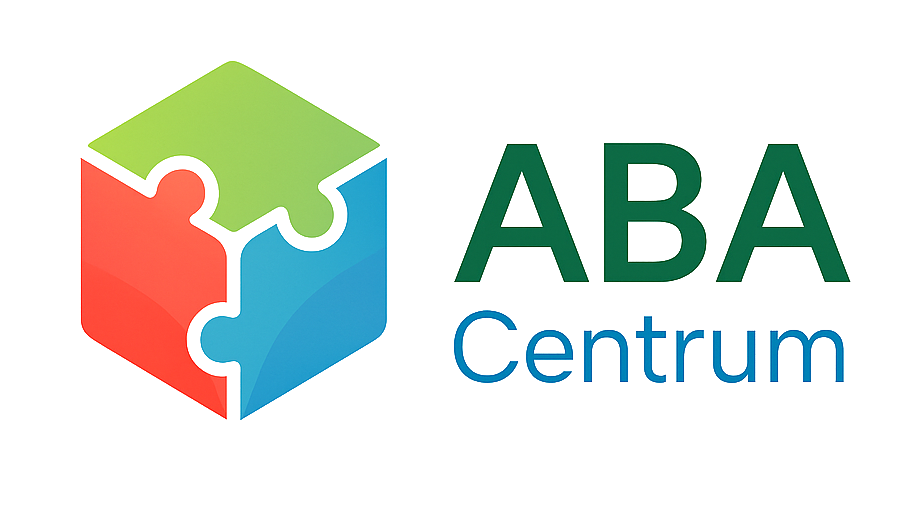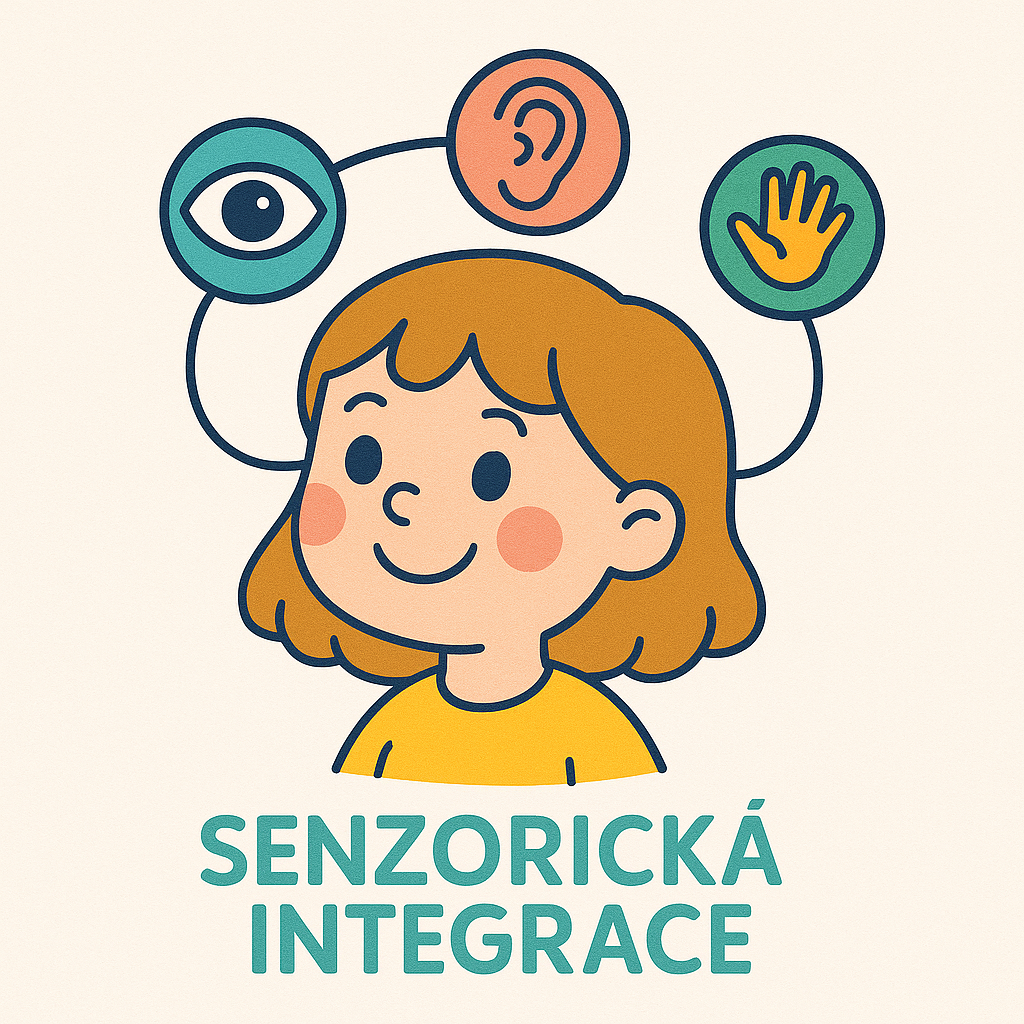Sensory integration
The environment provides us with various sensations. It is these sensations, as well as our reactions to them, that cause the development of the brain.
No one needs to form ideas about an object, phenomena of the world, develop speech, if the basis for it is not created, which is sensory integration.
Sensory integration is the process by which a child's nervous system receives information from the receptors of all sensory systems (olfactory, visual, auditory, gustatory, proprioceptive, vestibular, tactile), then organizes and interprets it in such a way that it can be used in meaningful activities.
ABA therapy uses individually tailored interventions that focus on developing positive behaviors and reducing negative responses to sensory stimuli. This increases the ability of children with autism or other disorders to participate effectively in everyday life and communicate better with their environment.
SIGNS OF SENSORY INTEGRATION DYSFUNCTIONS:
- difficulties in learning new skills: everyday, motor, speech, educational;
- excessive motor activity or, conversely, hypoactivity;
- low or increased muscle tone;
- difficulties in adapting to new spaces, people;
- speech disorders;
- clumsiness/awkwardness, increased caution or, conversely, lack of a sense of danger;
- intolerance of bright lights or certain sounds;
- walking "on tiptoes", motor clumsiness, problems with imitating movements;
- refusal of social contacts (the child does not play with peers, avoids interaction).
The task of specialists is to identify the violation, help to streamline the sensory processing process, adjust the correct reaction and new sensory experience so that the child can more easily adapt to the changing environment and better interact with the larger world.
Sensory integration "we fit all the puzzles together as a single picture".

